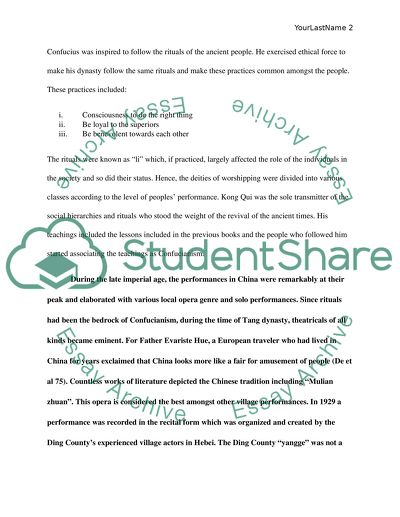Cite this document
(“An Introduction to Religion in China Essay Example | Topics and Well Written Essays - 1000 words”, n.d.)
An Introduction to Religion in China Essay Example | Topics and Well Written Essays - 1000 words. Retrieved from https://studentshare.org/religion-and-theology/1447127-an-introduction-to-religion-in-china
An Introduction to Religion in China Essay Example | Topics and Well Written Essays - 1000 words. Retrieved from https://studentshare.org/religion-and-theology/1447127-an-introduction-to-religion-in-china
(An Introduction to Religion in China Essay Example | Topics and Well Written Essays - 1000 Words)
An Introduction to Religion in China Essay Example | Topics and Well Written Essays - 1000 Words. https://studentshare.org/religion-and-theology/1447127-an-introduction-to-religion-in-china.
An Introduction to Religion in China Essay Example | Topics and Well Written Essays - 1000 Words. https://studentshare.org/religion-and-theology/1447127-an-introduction-to-religion-in-china.
“An Introduction to Religion in China Essay Example | Topics and Well Written Essays - 1000 Words”, n.d. https://studentshare.org/religion-and-theology/1447127-an-introduction-to-religion-in-china.


